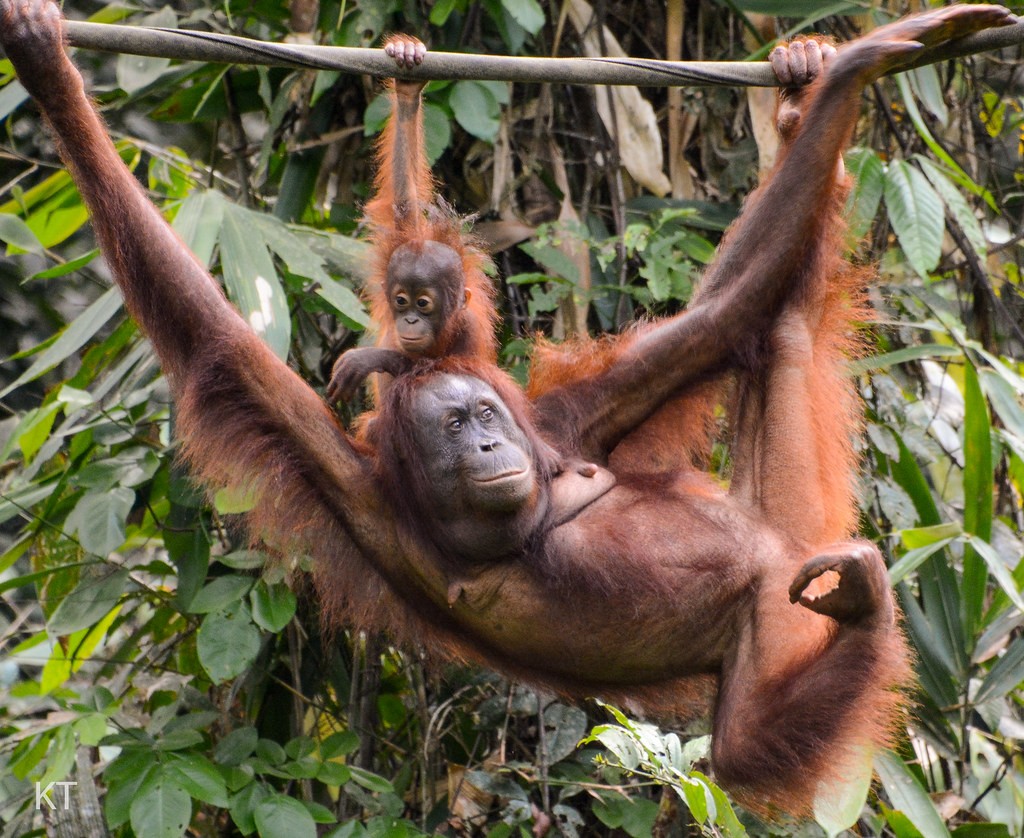Unfortunately these 3 activities appear to be most responsible for collapse or incredible pressure on ecosystems across the globe.


Wildlife and conservation new, wild travel information and links for booking
Unfortunately these 3 activities appear to be most responsible for collapse or incredible pressure on ecosystems across the globe.

One proposal, is named as half earth. The idea is to set aside half of the land on earth as a human-free nature reserve in order to preserve biodiversity, proposed by Eo Wilson.

Wolf numbers have increased by 1800% since the 1970s with a total of over 17,000 now inhabiting the continent. Bears started from a less precarious place, but have still increased by 44% over the same period

Among herbivores, beavers are one of the big success story (and unlike many of the others are living in the UK once again in large numbers in a series of populations from Devon right up to Scotland.
Hippopotamus populations have declined by 30-50% over the last decade. This is an animal which is moving fast in the direction of extinction, yet despite a plea from 10 african countries (Benin, Burkina Faso, Central African Republic, Gabon, Guinea, Liberia, Mali, Niger, Senegal and Togo) to move them to appendix 1 has been blocked.

Under the Biden administration in the USA, science is not ignored. There were a handful of animals that were listed as endangered in the rest of the world, but the listing was not changed in the USA because of the political impact. Thankfully, that time is at least over at the current time. The Emperor penguins are obviously threatened by global warming given there uses of extreme areas of the Antarctic.

The population that was filmed for the popular film “March of the Penguin” has halved in size in the last 50 years. These sorts of issues are predicted to lead to a 99% reduction in population by the end of the century, should these changes not lead to the total extinction.
Vertical farming is a new concept. By growing crops indoors under lights, the crops grow far faster and so can be harvested multiple times a year. Furthermore, by using artificial lights it is possible to have many layers of food.

This article is a few months old, which is why it is so encouraging that since it was released, the Australian people have risen up, and thrown out the government of Scott Morrison.
Why should he draw so much ire? He worked incredibly hard, while in office to both blame states for not doing the right thing, while at the same time making it as hard as possible. He made comments attacking many of the necessary changes that were going on.
Continue reading “Australia could have to find more than 1.2 trillion dollars to deal with climate disasters by 2060 even with rapid action, so why is the Australian government not doing their part?”The human population is now stated to have gone above the 8 billion figure, and its only taken 12 years since hitting 7 billion.

Following on from my last post, we are trying to deal with the problems which have been pushing the website offline – it is in hand, but for now the website is still fragile. When all is sorted, we will go back to trying to move forwards with fulfilling the aims of this website. For now, as much as possible I am able to post some entries.
For a long time, governments in the west have injected bonds into the market in order to get it going in times when it is struggling. Between the Covid epidemic and various other issues there are far more countries that are trying to do this.

There is a constant tug of war, between developed countries which are encouraging developing countries to continue to protect their wildernesses, and the developing countries wish to be able to develop – to lift their citizens out of poverty.
Granted, the majority of deforestation does not benefit the people on the ground, but it does not stop politicians in these countries arguing that those in the west cannot stop development by demanding conservation of ecosystems.
However, the amount of land that has been deforested in Brazil, is far in excess of what is needed for cattle pasture and experts have calculated that Brazil (the worlds number one Soy producer, and biggest beef exporter) could increase the amount of land used to grow Soy by a third without cutting one extra tree down.
We can only hope that with the election of Luiz Inácio Lula da Silva, the unregulated deforestation will stop. There is a great deal of space in Brazil for intensifying agriculture, which would allow a significant increase in productivity and goods coming from the agriculture lands, without cutting down any more rainforest.
Of course, this is partly a matter of survival. While some people on the ground in Brazil may wish to cut down more rainforest in order to have more cropland, the more forest is cut down, the less rain the remaining forest produces.









Join as an ambassador supporter to
support this site, help save wildlife
and make friends & log in

